Mirrie dancers
History in a word. The twists and turns in the journey of a word are fascinating. The poetic Shaetlan term mirrie dancers for aurora borealis in many ways captures the rich and complex history of this language. It is often mistakenly written "merry dancers" due to influence from Standard English and the mistaken assumption that mirrie must be a local pronunciation of Standard English "merry". Because of that assumption it then ends up being mispronounced as "merry dancers". However, that masks the true origin of the expression.
The word mirr is specific to the former Norn speaking areas and is a bit of a mystery. It means 'to tremble, quiver, vibrate, shimmer; to tingle, prick, ache'. The ultimate origin is unknown, but cognates (relatives) of the word can be found in Sw. myllra / Da. & No. myldre 'to swarm, team', which go back to the older forms murle (older Da.) / myrla, mjörla (Sw. dials) / mjöllra (Scanian) / mirra, myrra (No. dials) all with the meaning 'to prick, ache, tingle'. It is attested in Danish since 1510 at the latest.
The phenomenon in the sky is therefore not the "jolly dancers" but the trembling, shimmering, quivering motion, like a dancing gossamer. It is called the "northern lights" across the Scandinavian languages: norrsken (Sw.), norðurljós (Icel., Far.), nordlys (Da., No.). So it is fair to say that Shaetlan and Orcadian, with their description of shimmering dances in the sky, have the most poetic term for aurora borealis in this part of the world.
Hear more about the mirrie dancers in Eva Runciman's BBC Radio Shetland documentary "Da Mirrie Dancers: A Hunt for the Northern Lights" tonight (1 March) at 6pm.
PS: In Scottish Gaelic the name for aurora borealis is equally poetic: na-fir chlis 'the lively/quick/nimble men' or 'the lively ones' (lit. the-men/ones lively). The fact that this expression is sometimes translated as "the merry dancers" is likely due to contact with the areas of the mirrie dancers and the assumption that mirrie means "merry".

